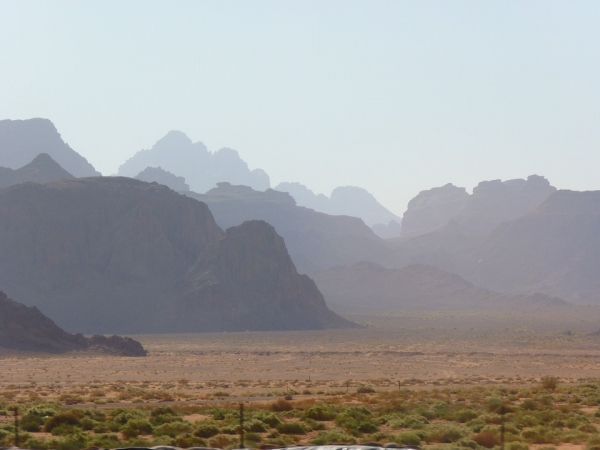Getting reliable precipitation data from the past has proven difficult, as is predicting regional changes for climate models in the present. A combination of isotope techniques developed by researchers at Argonne and UChicago may help resolve both.
The Negev desert, which covers half of Israel’s land mass, is so dry that parts of it get less than three inches of water a year. So dry, its climatological term is “hyperarid.” But like most places on Earth, the region evolved to its present condition after eons of changes in climate and geology.
Today, despite its parched exterior, there is still water under the Negev. Understanding where it came from, how much is there, and what’s happening to it is critical to the security and allocation of that crucial resource.
Researchers at Ben-Gurion University of the Negev in Israel are collaborating with colleagues at the U.S. Department of Energy’s Argonne National Laboratory and the University of Chicago to better understand the Nubian Sandstone Aquifer system, which lies beneath a large portion of the Negev and other parts of Israel.
Read more at DOE/Argonne National Laboratory
Photo Credit: LoggaWiggler via Pixabay


